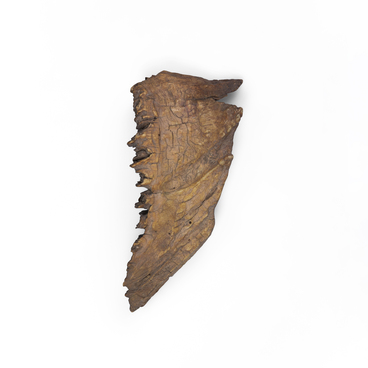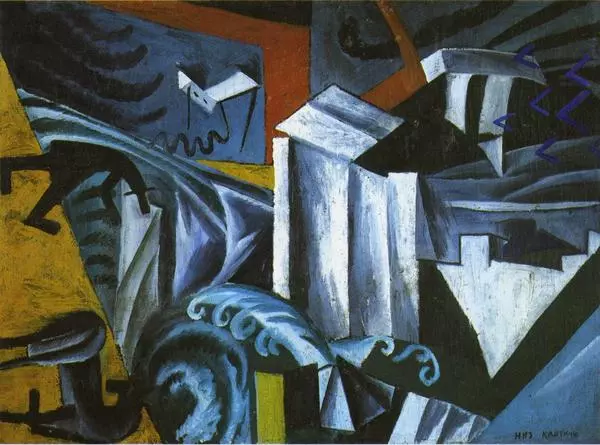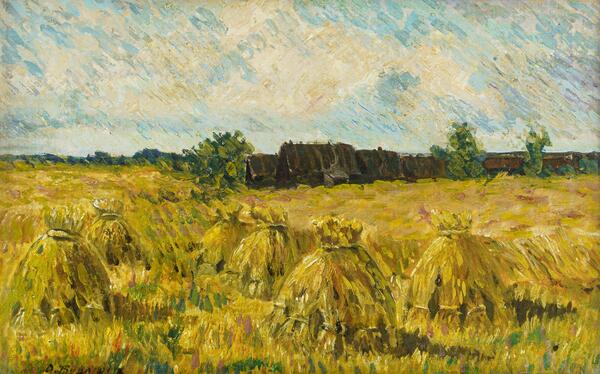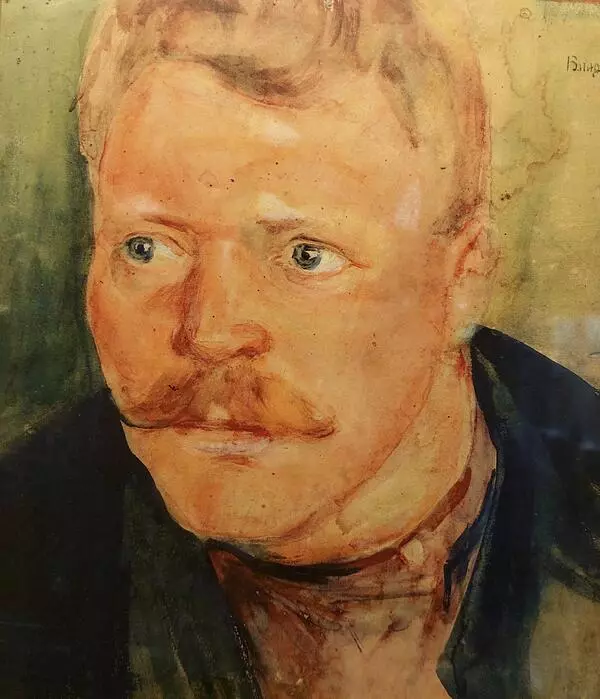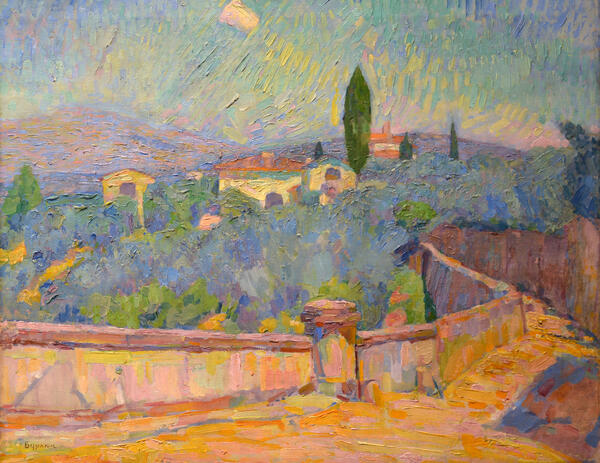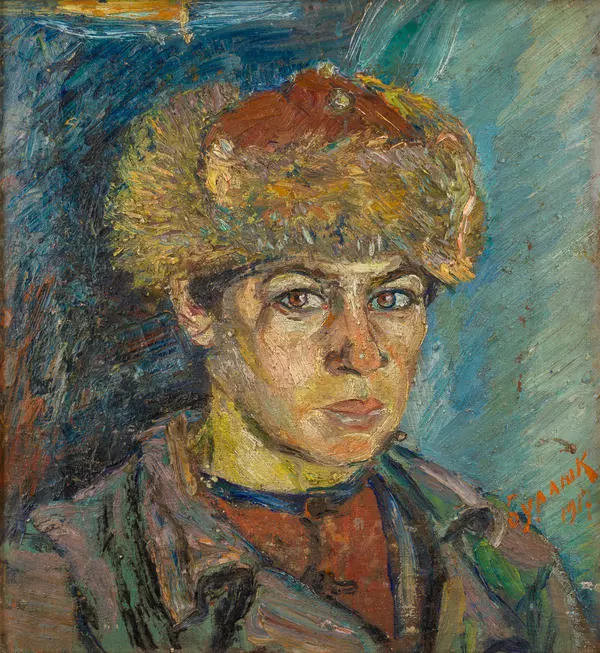The last place where the famous artist and futurist poet David Davidovich Burliuk stayed in Russia was Vladivostok. It was here, that after a long journey across Siberia and the Far East, he settled in the neighborhood of Rabochaya Slobodka on Busse volcanic hill. David Burliuk joined the group of futurists, formed in Vladivostok by 1918. Among the members of the group were Nikolay Aseev and Sergey Tretyakov. In Vladivostok, Burliuk was the unofficial leader of the local Bohemia, based in the Balaganchik café. Artists, writers, poets were fascinated by the flamboyant Burliuk. He arranged high-profile exhibitions, poetry evenings, and art debates. In Vladivostok, he created a watercolor portrait of another outstanding personality of his time —the wrestler and aviator Ivan Zaikin. The portrait is on display at the Vladimir Arseniev Museum of Far East History.
Ivan Mikhailovich Zaikin (1880–1948) was a famous wrestler, taught by Ivan Poddubny himself. Zaikin also performed in the circus arena with power acts. Among his friends were such outstanding personalities as Alexander Kuprin, Maxim Gorky, Feodor Chaliapin, and Alexander Blok. Zaikin had such stage names as “King of Iron” and “Captain of the Air.” The first referred to his circus career, the latter was connected with his aspirations to become an aviator.
The vicissitudes of the Civil War brought him (just like Burliuk) to the Far East. It is known that Zaikin celebrated his 40th birthday in November 1920 in Vladivostok. After leaving Russia, together with Burliuk, he ended up in Japan. A year later he moved to Europe (Paris, Vienna, Bucharest, Warsaw). In 1925, he came to the United States, then lived in Bulgaria, and from 1928 in Bessarabia: his wife Anna Fominichna, who served as a cashier in the circus, inherited a house in Kishinev in 1928, where Zaikin lived until his death in 1948.
While living in Vladivostok,
David Burliuk worked a lot in different genres: portrait, landscape, still
life. He often made portraits of the people who surrounded him. Zaikin was
among them. But Burliuk had a special attitude to him, they were connected by a
great friendship: in the summer of the same year, he painted another portrait
of Zaikin in Siberia, where he was on his way to the Far East. It is
distinguished from the watercolor portrait not only by technique and format:
the oil portrait of Zaikin is more brutal, while the watercolor captures the
good-natured character of the wrestler.


